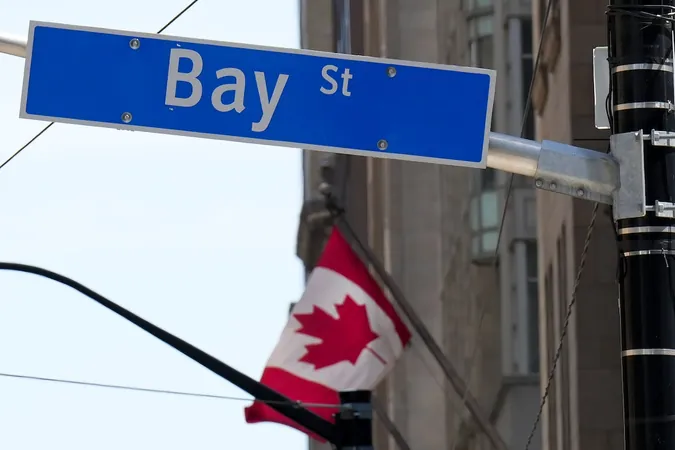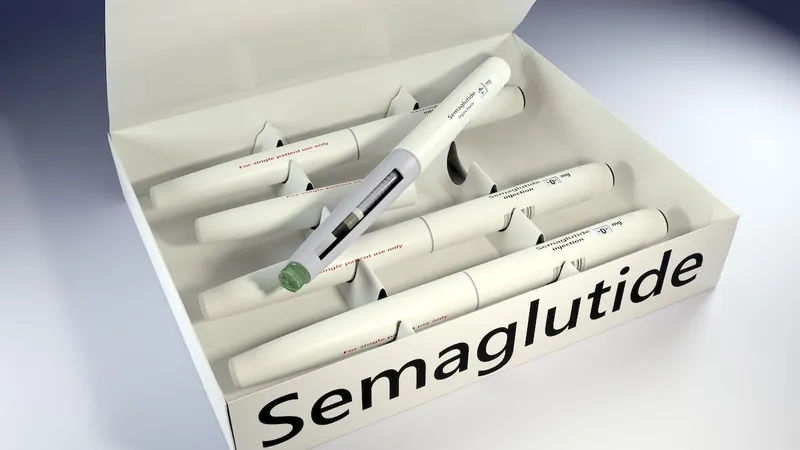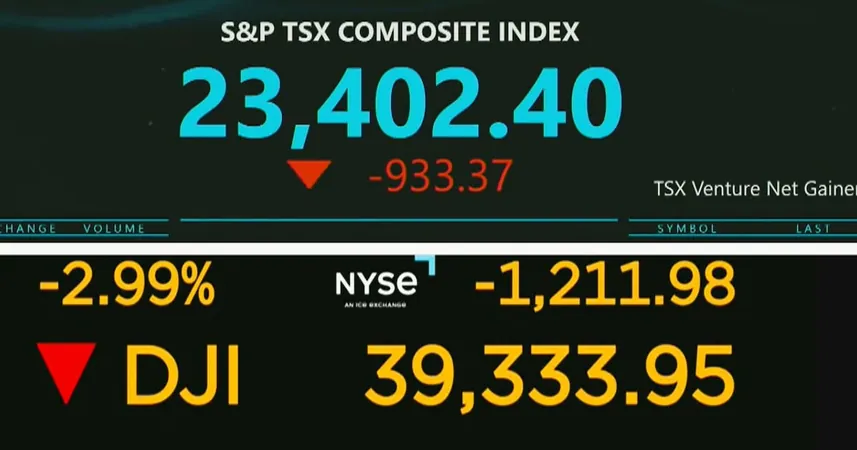
Why GICs Are Still a Smart Investment Choice Right Now
2025-04-07
Author: Emily
In a surprising turn, guaranteed investment certificates (GICs) have seen a significant decline in rates over the past year, leading to a drop in demand for these traditionally safe investment vehicles. As of today, GIC rates range from around 3.5% to 3.7% at alternative banks, a stark decrease from the 5% rates we witnessed just a year ago. This declining trend is highlighted in a recent report by McVay and Associates, indicating that year-over-year growth in term deposit balances plummeted to 4.7% in January from an impressive 21.1% during the same month last year.
However, the case for GICs remains strong even in this reduced rate environment. EQ Bank, a notable player in the GIC market, argues that GICs can be a better choice right now compared to bonds issued by the federal government. This claim gains traction when you consider that both GICs and Government of Canada bonds share a similar risk profile. While GICs are indirectly backed by the federal government through the Canada Deposit Insurance Corporation (CDIC), government bonds are backed directly.
What's remarkable is that the gap between GIC rates and Government of Canada bond yields has recently reached a near 12-month high. As of late March, the yield on a five-year Canada bond stood at approximately 2.6%, while alternative banks were offering rates between 3.2% and 3.7% on GICs. This provides a historically significant interest rate advantage for GIC investors.
While bonds held through exchange-traded funds (ETFs) or mutual funds can offer competitive yields and the possibility of capital gains if interest rates decline, it’s important to recognize that these funds often contain a substantial portion of corporate bonds, which carry more risk than government bonds. This risk becomes particularly relevant in the current economic climate, where concerns over a potential U.S.-led trade war could impact corporate bond prices if the economy falters.
Though it might be challenging to feel excited about a 3.5% GIC, context is crucial. In comparison to federal government bonds, the interest rate premium being offered today is quite favorable for stability-seeking investors.
For those looking to maximize their GIC yields, here’s a vital tip: the highest rates are typically available when you purchase directly from alternative banks rather than through online brokers or large traditional banks, which usually offer lower rates unless they have a promotional campaign.
Additionally, don’t hesitate to negotiate with your bank; as a loyal customer, you might be in a position to secure a rate bump, enhancing your investment returns.
In conclusion, despite lower rates, GICs continue to hold their ground as a viable investment strategy. For risk-averse investors, they present an attractive alternative in a tumultuous economic landscape. Don't overlook this opportunity to secure your financial future!









 Brasil (PT)
Brasil (PT)
 Canada (EN)
Canada (EN)
 Chile (ES)
Chile (ES)
 Česko (CS)
Česko (CS)
 대한민국 (KO)
대한민국 (KO)
 España (ES)
España (ES)
 France (FR)
France (FR)
 Hong Kong (EN)
Hong Kong (EN)
 Italia (IT)
Italia (IT)
 日本 (JA)
日本 (JA)
 Magyarország (HU)
Magyarország (HU)
 Norge (NO)
Norge (NO)
 Polska (PL)
Polska (PL)
 Schweiz (DE)
Schweiz (DE)
 Singapore (EN)
Singapore (EN)
 Sverige (SV)
Sverige (SV)
 Suomi (FI)
Suomi (FI)
 Türkiye (TR)
Türkiye (TR)
 الإمارات العربية المتحدة (AR)
الإمارات العربية المتحدة (AR)